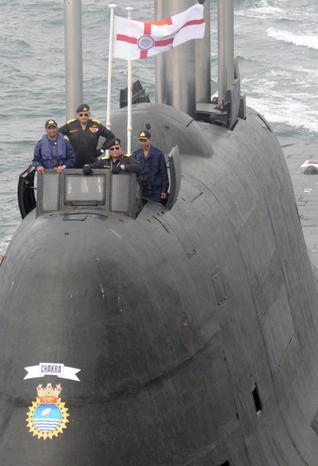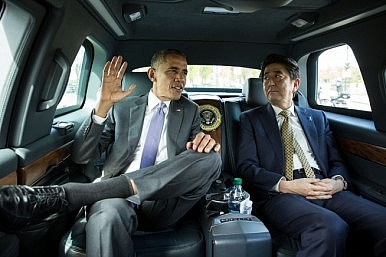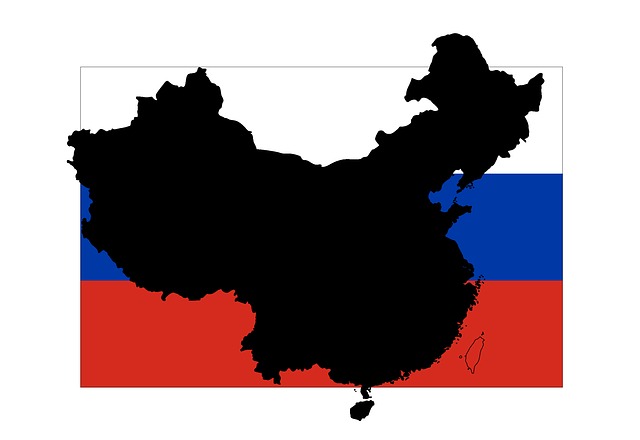In the previous article, we looked at the Brazilian nuclear submarine programme, and how Brazilian leaders have justified this ambitious programme in the absence of any serious security threats. Their fellow BRICS nation, India is also committed to fielding nuclear submarines in the next decade, but while they share some motives, India’s markedly different strategic environment, and its greater nuclear ambitions, gives its nuclear submarine programme a very different character.
While the first Indian nuclear research facility was founded in 1944, India’s desire to acquire a nuclear deterrent was heightened following its humiliating defeat at the hands of the People’s Liberation Army in 1962. Its first nuclear test was in 1974 and later tests in 1998 elicited the ire of the international community and sanctions from countries such as the United States. The Indian tests, and the Pakistani ones organised in response, reminded the world of the dangers of nuclear escalation on the Asian subcontinent – a danger that was made all too clear when fighting broke out in the Kargil region a year later.
Until recently, India did not possess the full nuclear triad (land, air, and sea-launched weapons), limiting its ability to retaliate against a nuclear attack on its territory. Given its “no-first use policy”, India’s nuclear deterrent would have been crippled from an attack by its rivals, Pakistan or China. For this reason, India has viewed a continuous at-sea deterrent as an essential capacity.
In 1988, it leased a Soviet nuclear submarine christening it the INS Chakra. Under international law, this was not allowed to carry nuclear weapons, but it was useful for training purposes. After three years, India returned it, claiming it had learnt all it could from it. However, former Indian defence officials suggested that either it was becoming too expensive to keep up the lease, or that a clause forbidding the submarine’s use in military operations limited its usefulness to the Indian Navy (IN). The Soviets also helped build the submarine base at Visakhapatnam. Since 2009, the IN has operated a second INS Chakra, also leased from the Russian navy. These leases have ensured Indian sailors gain adequate experience operating and maintaining nuclear submarines in preparation for the launch of India’s own boats.
 Indian Prime Minister Narendra Modi (Left) and Chinese President Xi Jinping (Right) at the 6th BRICS summit
Indian Prime Minister Narendra Modi (Left) and Chinese President Xi Jinping (Right) at the 6th BRICS summit
Naturally, India seeks to achieve independence in this domain by acquiring the capacity to manufacture and operate its own nuclear submarines. The IN’s first nuclear submarine is currently conducting sea trials. Not only will it have a nuclear reactor, but it will complete India’s nuclear triad by having the capability to launch nuclear warheads. The desire to be able to launch ballistic missiles from submarines was only established in the late 1990s, but a series of tests have indicated that India now possesses the capacity to launch missiles from the sea. It is not clear whether it has actually succeeded in firing missiles from the submarine itself, but IN was set to test this capacity over the summer.
India faces two strategic threats, which may motivate the push for a strong nuclear deterrent. It has unresolved border disputes with two nuclear powers, China and Pakistan. These tensions have escalated into war in the past, and even quite recently, there has been low-intensity conflict on India’s borders, with Chinese forces mounting several incursions into territory India claims as its own and Pakistani forces exchanging fire with Indian ones over the Line of Control in Kashmir. These disputes look unlikely to be solved in the near future, and given continuing instability in Pakistan and increased Chinese assertiveness, it makes sense for India to seek to improve its security. Indeed, the key justification given for the nuclear submarine programme has been completing the nuclear triad and ensuring India possesses a solid deterrent.
However, there has been criticism about the ambiguity of the Indian nuclear doctrine. The Indian government has affirmed a no-first-strike policy, with assured retaliation. In essence this means that it promises not to be the first to launch nuclear weapons, but will respond to a nuclear attack in kind. Unlike the rivalry between the Soviet Union and the United States, where the great distance separating the two states permitted some breathing space, a nuclear exchange between India and its neighbours would be over in minutes. This increases the risks of miscalculation. Unfortunately, given Indian-Pakistani relations, which have tended to range from frosty to hostile, there is little prospect of clarifying their stances vis-à-vis each other. This differs for India and China, who often co-operate on a number of issues, and could thus potentially improve co-ordination when it comes to nuclear weapons. Indeed, as China seeks to dissuade India from joining a balancing coalition against it, it will have good reason to ensure India’s nuclear deterrent doesn’t need to be aimed in its direction.




